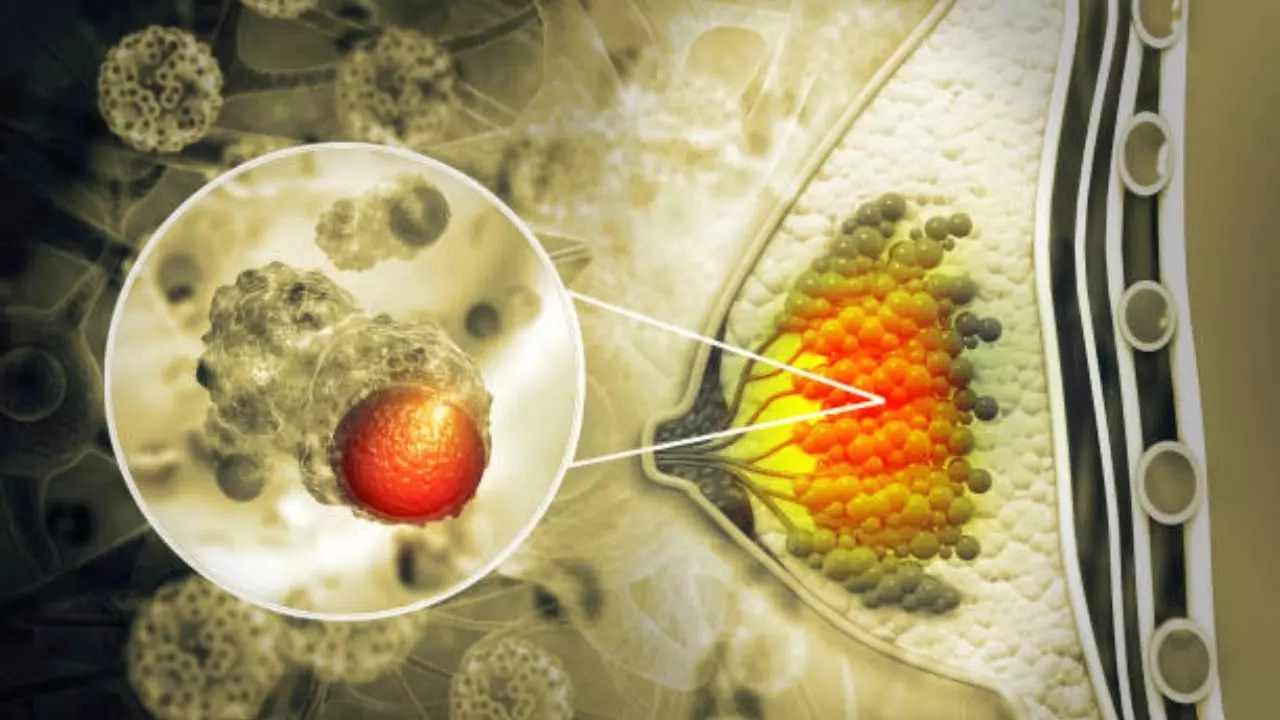Ashima Sharda Mahindra • 10 Sep 2024
Breast Cancer: Women Will Soon Be Notified About Their Breast Density After A Mammogram; Here’s What It Means

Breast density is a measurement of how much fibro glandular tissue there is in a woman’s breast as compared to fatty tissue
Mammography facilities will soon be notifying patients about their breast density to improve early detection of the deadly breast cancer. According to the US Food and Drug Administration, the new rule goes into effect on Tuesday and is a part of the updated mammography regulations.
Even though similar laws have been enacted in many states, including Colorado and Minnesota - this is the first nationwide regulation. More than half of women over the age of 40 in the US have dense breast tissue - which makes cancers more difficult to spot on a mammogram, the FDA said.
What is a dense breast tissue?
According to doctors, dense breasts have been identified as a major risk factor for developing breast cancer. Breast density is a measurement of how much fibro glandular tissue there is in a woman’s breast as compared to fatty tissue. The more fibro glandular tissue, the denser the breast.
On a mammogram test, both masses and tissue show up as white – meaning your breasts are dense - which have less fat and more tissue. And so, these may not show tumours or other masses as well on images captured by standard mammograms. Doctors say despite common misconceptions, dense breasts cannot be determined by self-exams or clinical exams.
Does breast density change over time?
Experts say women have dense breasts if they are younger, have a lower body weight, and are pregnant or breastfeeding. However, the CDC says breast density changes over time. Even though dense breasts are inherited doctors say they can also be influenced by using menopausal hormone therapy and having a low body mass index.
What is breast cancer?
Breast cancer is one of the most common cancers that happens when cancerous cells in your breasts multiply and become tumours - spread from your breast to other areas of your body. While the cancer typically affects women aged 50 years and older, it can also affect the younger ones.
According to experts, breast cells mutate and become cancerous cells that divide and multiply to create tumours, but it is not clear what triggers that change. However, research says there are several risk factors that increase your chances of this dreaded disease, which include:
- Age
- Family history
- Genetics
- Smoking
- Drinking
- Obesity
- Radiation exposure
- Hormone replacement therapy
Signs and symptoms
Doctors say the condition affects your breasts in different ways. While some of the cancer symptoms are very distinctive, others may simply seem like areas that look very different from others. A few symptoms it causes include:
- A change in the size, shape, or contour of your breast
- A mass or lump that feels extremely small
- A change in the look or feel of your skin or your breast or nipple
- A marble-like hardened area under your skin.
- A blood-stained or clear fluid discharge from your nipple
Get Latest News Live on Times Now along with Breaking News and Top Headlines from Health and around the world.